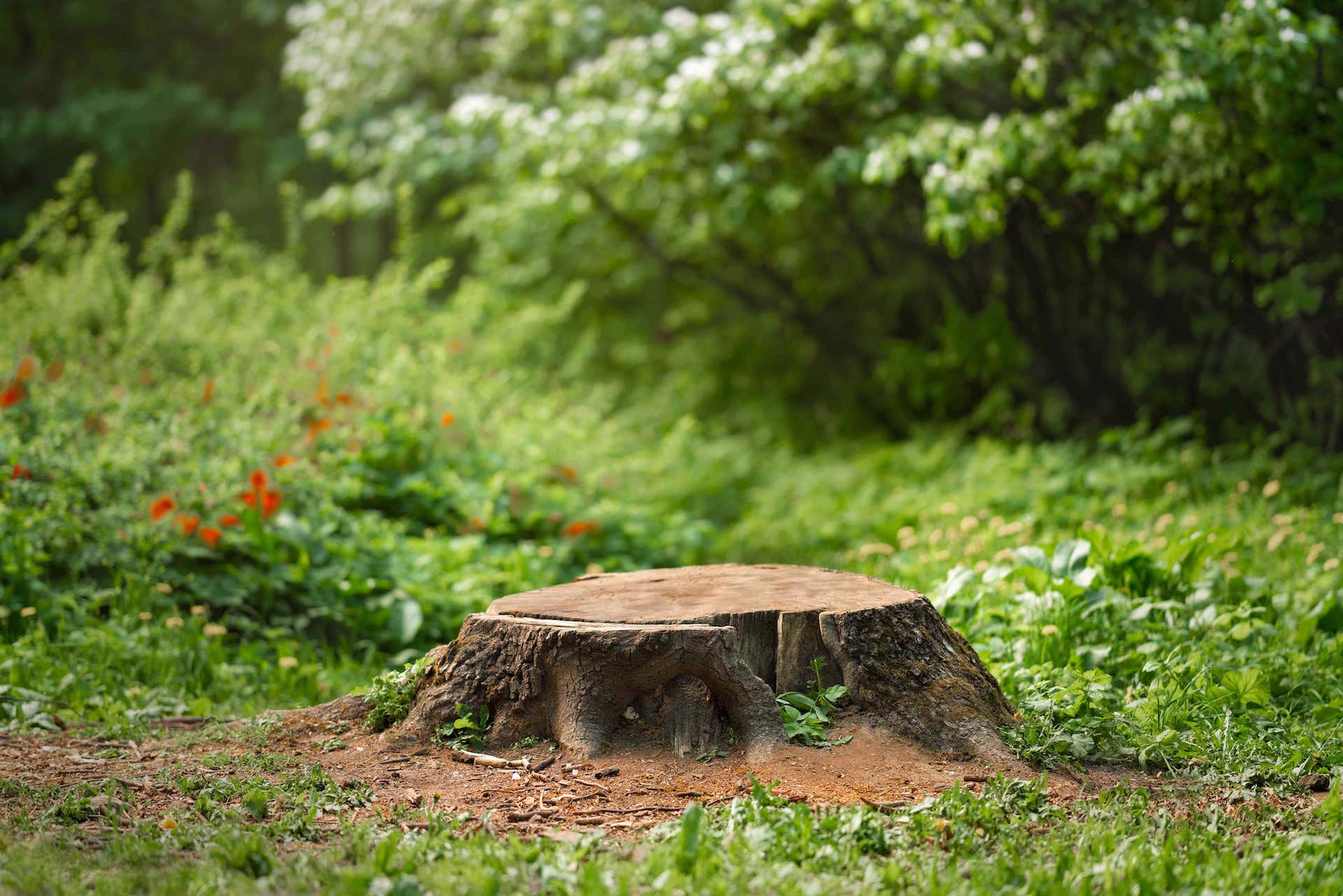
How to Choose the Right Tree Species for Your Property Aug 27, 2025
First, start by evaluating the specific conditions of your property. Different tree species thrive in different environments. Consider factors such as soil type, climate, and the amount of sunlight your property receives. For instance, if your soil is heavy and clay-like, you might want to consider species like the red maple, which can adapt to various soil conditions. In contrast, sandy soils make excellent homes for pines and oaks. Trio Tree Services can assist in conducting a soil analysis to determine the most suitable species.
Space is another critical factor. Imagine planting a majestic oak that eventually overgrows the area, threatening foundations and power lines. Always consider the mature height and spread of the tree. Small yards might benefit from ornamental trees like dogwoods or Japanese maples, which stay relatively contained. On the other hand, larger properties have the flexibility to accommodate big shade trees such as sycamores or elms.
It’s also important to align your tree choices with the local climate. Not all trees can withstand extreme weather variations. Take into account the USDA Hardiness Zone of your locale, which outlines which plants can thrive in particular areas. If you live in a zone with harsh winters, trees like evergreens or conifers are resilient options. Meanwhile, in warmer regions, consider drought-resistant species such as live oaks or crape myrtles.
Aesthetic preferences cannot be overlooked. Trees come in a variety of shapes, sizes, and colors. Blooms, foliage, and bark texture all contribute to the visual harmony of your landscape. For year-round interest, mix deciduous trees, which offer seasonal changes, with evergreens that provide constant color. Trees like flowering cherry or magnolia bring spectacular spring displays, while maples offer stunning autumn hues. Trio Tree Services can provide expert advice on pairing tree varieties to achieve the desired aesthetic effect.
Maintenance is another important consideration. Some species require significant upkeep, including pruning and pest management, to remain healthy and appealing. If you prefer a low-maintenance landscape, consider trees that are native to your region, as they are typically well-adapted and minimal in their care requirements. Serviceberry and river birch are examples of low-maintenance species suitable for many areas.
Lastly, think about the ecological benefits and any specific needs your property might have. Trees can be strategically planted to aid in energy conservation, reduce noise levels, and enhance wildlife habitats. For example, deciduous trees planted on the southern side of a home provide cooling shade in summer and allow warmth and light in winter after their leaves have fallen. By consulting with Trio Tree Services, you can make informed choices that optimize your ecological footprint.
In conclusion, selecting the right tree species for your property involves a careful balance of environmental conditions, space, aesthetic preferences, and maintenance requirements. By considering these factors and working with experts like Trio Tree Services, you can cultivate a landscape that enhances your outdoor space for generations to come. Take the time to research and choose wisely, ensuring your trees not only complement your property but thrive within it.
/filters:no_upscale()/media/0e2596d6-87ad-48d5-b502-79981c43b2a1.jpeg)